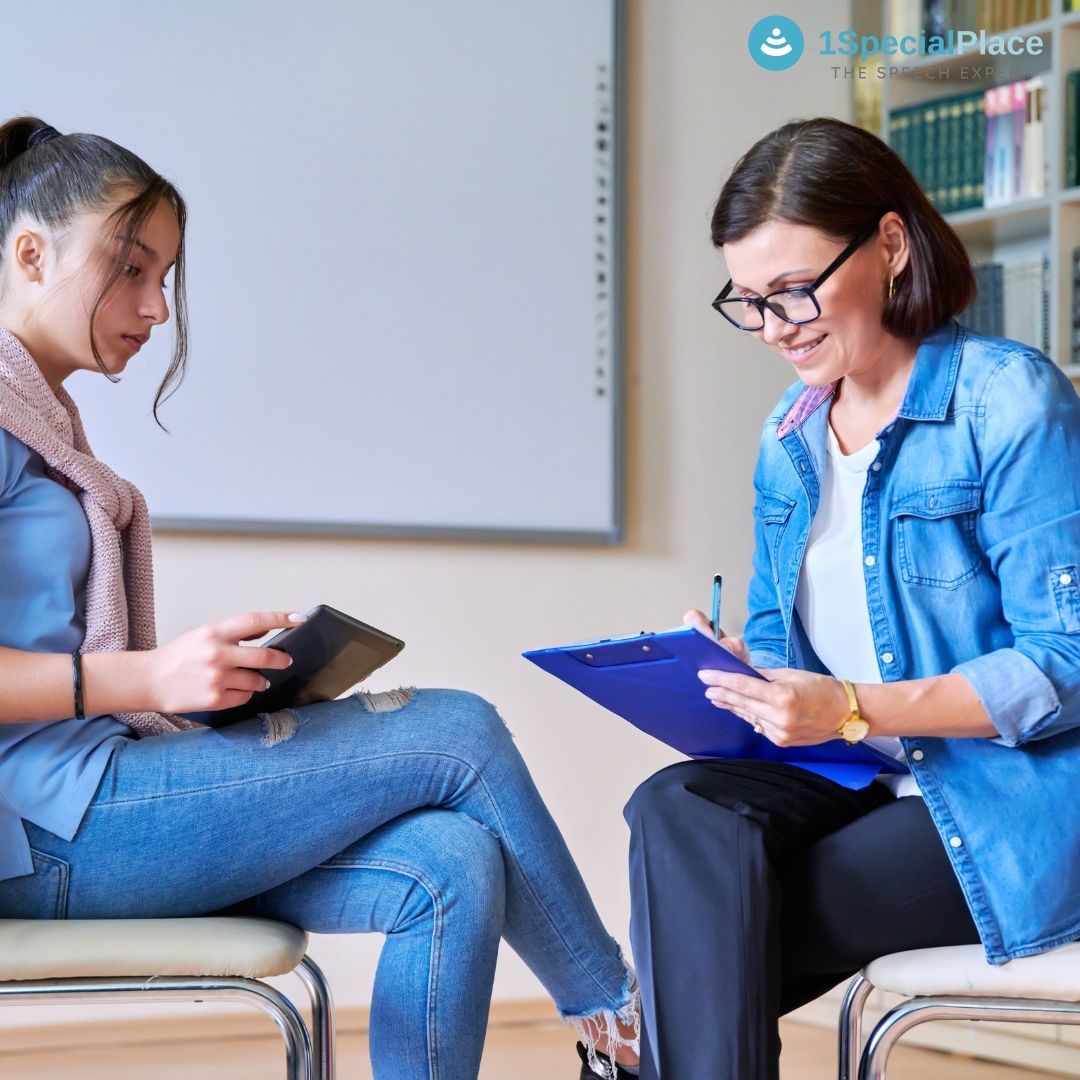
How is Google Helping People with Speech Difficulties?
How is Google Helping People with Speech Difficulties?
We all depend on Google every single day! Let’s see how is Google helping people with speech difficulties? Google has been working to make life easier for all of us. This surely also includes people with speech impediments. There are many people in this world living with speech deficits. In other words, disorders such as dysarthria, Parkinson’s disease, and other speech clarity disorders. Many of these people have moderate to severe speech clarity issues. Further, this makes it hard for them to communicate. Hence, Google decided to launch several programs to help people with disabilities. So, let’s see how is Google helping people with speech difficulties?
“Google initially worked to improve its speech recognition technology for people with disabilities in 2019.”
So, they sought speech samples of adults with Down’s Syndrome in 2019. Further, Google wanted to make its speech recognition robust for people with disabilities. After this Google launched Project Euphonia recently. We will talk about this later in the blog.
Further “Project Euphonia” was launched in 2019. This project aimed at collecting voice samples from people with speech impairments. Furthermore, Google can integrate the speech of disabled people into its algorithm for Google Assistant software.
“Google’s Project Diva in 2019 focused on people who are non-verbal.”
Project Diva focused on helping non-verbal people communicate. In other words, initially Google Assistant needed one to speak in order to perform tasks. So, Google wanted to fix this issue and make it easy for all.
“Google launched the Live Relay project in 2019.”
Live Relay is a project started by Google in 2019. So, Live Relay uses on-device speech recognition and text-to-speech conversion. Further, it allowed the phone to listen to and speak to what the user was typing. Furthermore, it offered predictive text and instant responses. Overall, one can be on a live phone call and text to speak with Live Relay. This is very useful for deaf people, people with speech deficits, etc.,
“Google launches Look to Speak in 2020.”
The Look to Speak application helps people with speech deficits. In other words, this application allows people to use their eyes to select phrases to communicate. Further, once the phrase is selected, it’ll be spoken out loud by the phone’s speaker. So, allowing the lister to hear what the person said. Additionally, the app is personalized for people. People can feed their own words, phrases, and voice. Furthermore, people can look right, left, or up to choose the words. However, the gaze of the person is customizable too!
“Google develops Project Relate for people with speech difficulties in 2021.”
This Google application is called “Relate”. Aubrie Lee, the brand manager at Google in 2021 gave its name “Relate”. Further, Ms. Lee is living with a condition called muscular dystrophy. A condition that impairs the speech of the person. Hence, Google launched this project. Project Relate’s aim is to help people with speech impairments. They wanted to use their speech recognition technology to help people. Further, the related application works in three levels: Listen, Repeat, and Assistant. Furthermore, the first level listens and translates into digital text. Then, at the second level, it converts digital text to a clear computerized voice. The last level is where the Relate Application connects to the Google Assistant on the phone. Hence, this feature will allow users to assign tasks to their phones and computers with voice commands.
Overall, Google is working every day to make life easy for all people including people with speech deficits. Click on the links to access more information.
Please drop us a comment if you liked the article.
If you wish to know more about Speech-Language Therapy, contact us!
- Tele-Speech Remediation of Stuttering: A Case Study - April 22, 2023
- Voice Changes During Puberty in Teenagers - April 11, 2023
- Vital Stim Therapy for Swallowing Difficulty - April 4, 2023

Leave a Comment
(0 Comments)